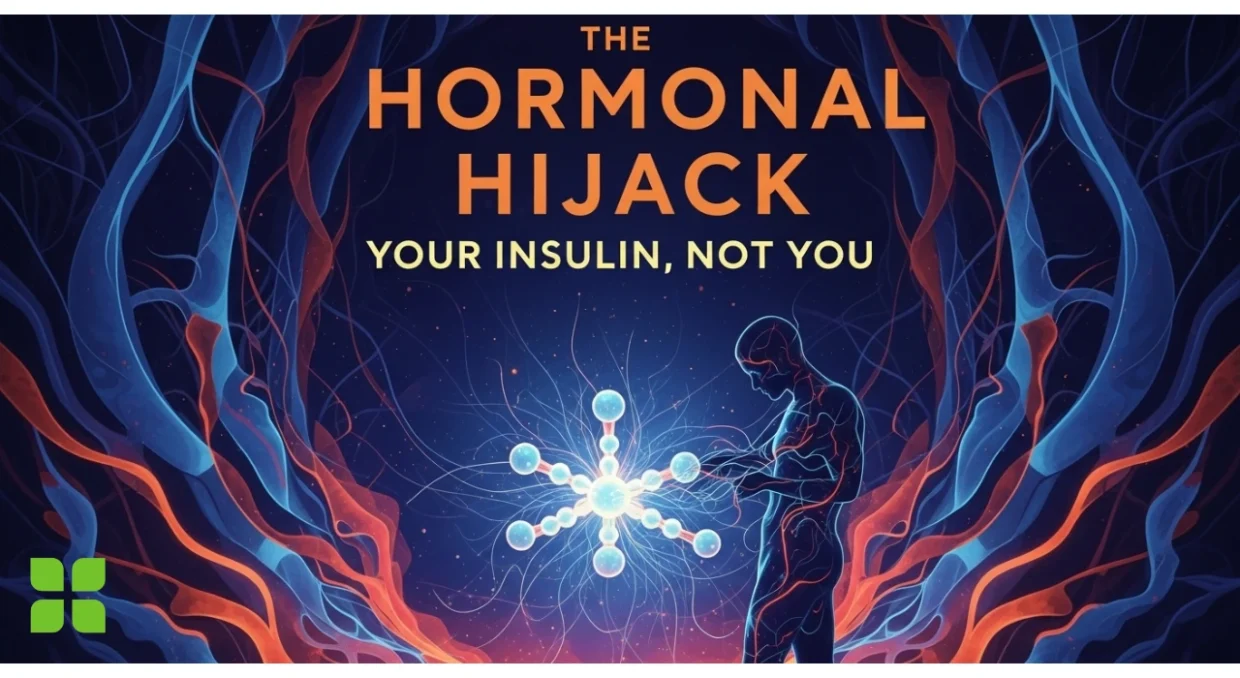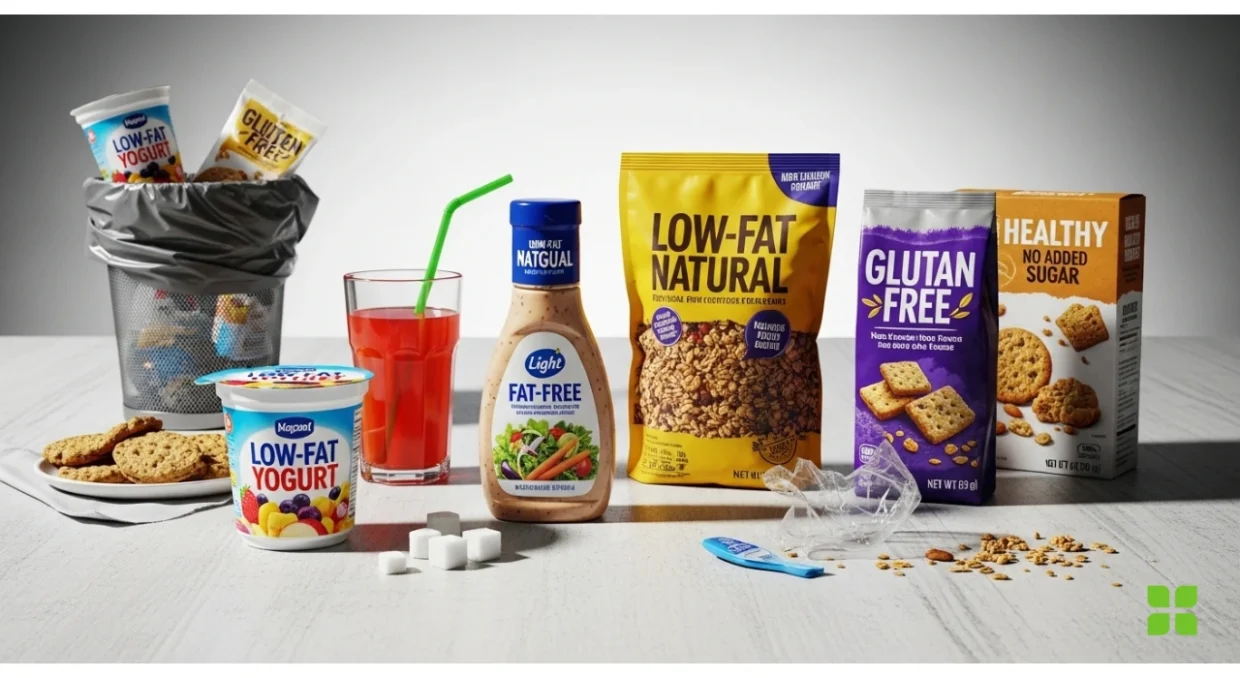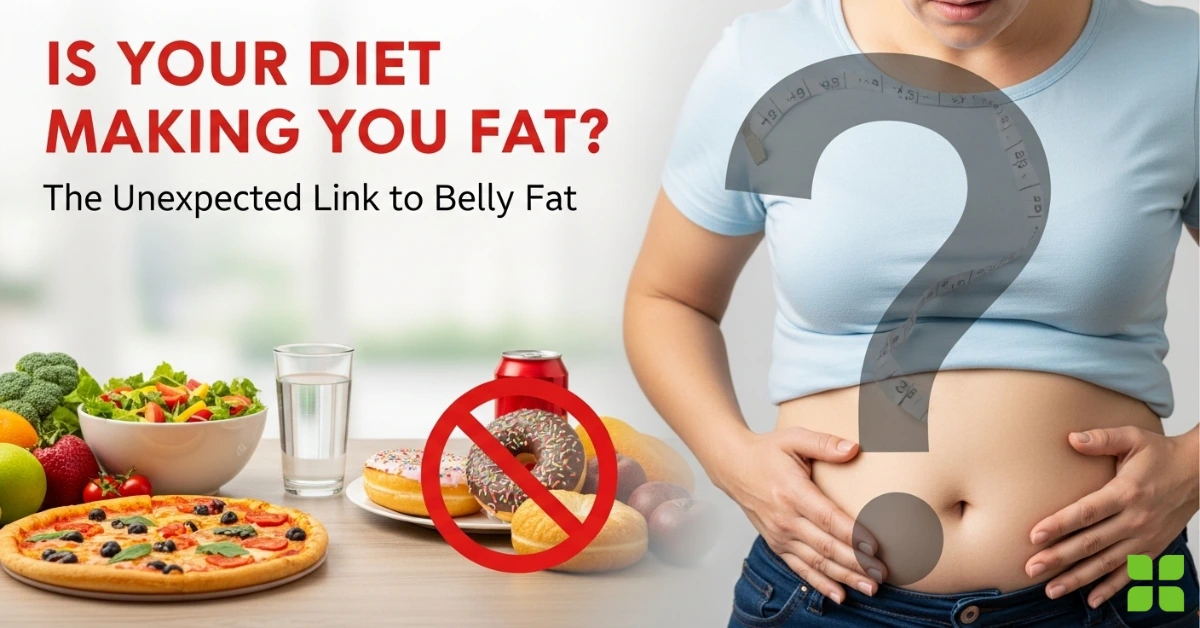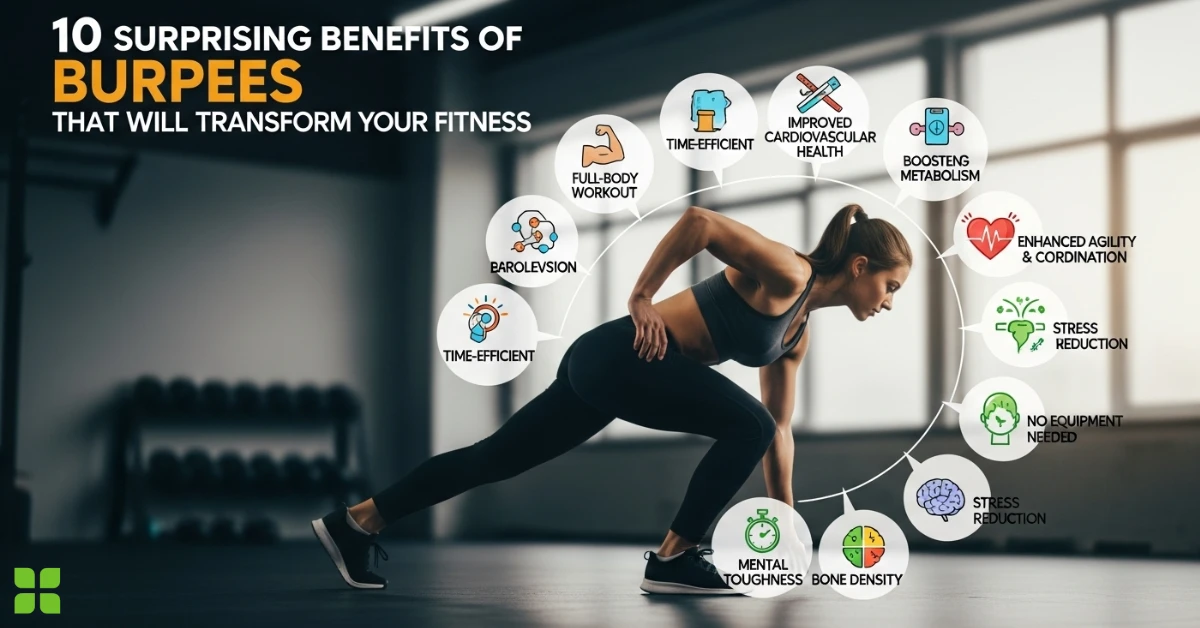You’re doing everything “right.” You’ve swapped full-belly fat lattes for skim, dutifully chosen the low-fat yogurt, and even started jogging a few times a week. Yet, that stubborn ring of belly fat just won’t budge. In fact, it might even be getting worse. It’s a frustrating, all-too-common scenario that leaves many of us wondering: What am I doing wrong?
The answer might be hiding in plain sight, in the very “healthy” diet you’ve adopted.
We’ve been conditioned to believe that weight gain is a simple math problem: calories in versus calories out. While that’s part of the equation, it’s a massive oversimplification. The situation is even more complicated when it comes to persistent abdominal fat. It’s not just about how much you eat, but what you eat and how your body—specifically your hormones—responds to it.
The real culprit isn’t necessarily calories, but a cascade of biological reactions triggered by the modern diet. Let’s uncover the unexpected links between your food and your waistline.
Table of Contents
The Hormonal Hijack: Your Insulin, Not You

Consider insulin to be the main hormone for storing hormones in your body. When you eat carbohydrates or sugar, they are broken down into glucose, which enters your bloodstream. In order to transport that glucose into your cells for energy, your pancreas must release insulin in response to this signal.
Here’s the problem: A diet high in refined carbohydrates (white bread, pasta, pastries) and sugar (soda, candy, even “healthy” fruit juices) sends a tidal wave of glucose into your system. Your pancreas works overtime, pumping out more and more insulin to manage the flood.
Over time, your cells can become “numb” to insulin’s constant knocking—a condition called insulin resistance. Your body, sensing that glucose isn’t getting into the cells, panics and produces even more insulin. These chronically high insulin levels send a loud, clear signal to your body: “Store fat! Especially around the belly!”
Visceral fat, the dangerous type of fat that wraps around your internal organs and contributes to that “pot belly” look, is uniquely sensitive to the effects of insulin. So, while your low-fat, high-carb diet might be moderate in calories, it could be creating the perfect hormonal storm for belly fat storage.
The Silent Fire: How Inflammation Widens Your Waistline
Imagine a low-level, simmering fire inside your body. That’s chronic inflammation. It’s not the acute, helpful inflammation you get from a cut or sprain; it’s a persistent state of immune system stress, often triggered by our diet.
What fuels this fire?

- Processed vegetable oils (like soy, corn, and sunflower oil) are high in omega-6 fatty acids, which can be inflammatory when not balanced with anti-inflammatory omega-3s.
- Trans fats are included in a lot of fried and processed meals.
- Excess sugar and refined flour, as we’ve already discussed.
This chronic inflammation throws your metabolic health into disarray. It disrupts leptin, the hormone that signals your brain when you are full, and exacerbates insulin resistance. The result? You feel hungrier, your cravings are more intense, and your body is primed to store fat rather than burn it.
Your Gut Feeling is Right: An Unhappy Microbiome
The trillions of bacteria living in your gut are more than just digestive helpers; they are a critical command center for your health. A healthy, diverse microbiome helps regulate your metabolism, strengthen your immune system, and even influence your mood.
The less desirable gut bacteria flourish when the helpful ones are starved by a diet heavy in processed foods and sugar and lacking in fiber. This imbalance, known as dysbiosis, is directly linked to:
- Increased inflammation.
- “Leaky gut,” where particles can escape the intestine and trigger an immune response.
- It is possible for two persons to have the same meal and absorb different amounts of calories due to altered calorie extraction from food.
An unhappy gut can actively contribute to weight gain, particularly around the midsection, by disrupting the very foundation of your metabolic health.
The “Healthy” Food Trap

This is where many well-intentioned dieters go wrong. The food industry is brilliant at marketing products that sound healthy but are secretly contributing to the problem.
- Low-Fat Yogurt & Dressings: When fat is removed, something has to be added back for flavor. That something is almost always sugar or high-fructose corn syrup.
- Fruit Juice: Stripped of all its natural fiber, fruit juice is essentially sugar water that spikes your insulin just as fast as a can of soda.
- Granola & Cereal Bars: Often marketed as a healthy on-the-go snack, many are little more than candy bars in disguise, packed with sugar, refined grains, and unhealthy oils.
- Gluten-Free Snacks: “Gluten-free” does not mean “healthy.” Many of these products replace wheat with highly refined rice flour or potato starch, which can spike blood sugar just as dramatically.
Read More:What Is Visceral Fat? The Hidden Danger You Need to Know About
Reclaiming Your Waistline: A Smarter Approach
So, how do you break the cycle? It’s about shifting your focus from calories to quality and from restriction to nourishment.
- Prioritize Protein and Fiber: Protein and fiber are a power duo. They slow down digestion, stabilize blood sugar, keep you feeling full for hours, and reduce cravings. Start your day with eggs instead of cereal, and fill half your plate with non-starchy vegetables at every meal.
- Embrace Healthy Fats: Fear of fat is what got us into this mess. Healthy fats from avocados, olive oil, nuts, seeds, and fatty fish (like salmon) are anti-inflammatory and essential for hormone production. They also provide lasting energy and satiety.
- Ditch the Sugar and Refined Grains: This is the single most impactful step. Replace soda and juice with water or herbal tea, treat sugary snacks like the seldom treat they are, and replace white bread with 100% whole grain bread (in moderation).
- Feed Your Gut: Nurture your microbiome with fiber-rich and fermented foods. Think kimchi, sauerkraut, plain kefir or yogurt, and a wide variety of colorful vegetables.
- Read Ingredients, Not Headlines: Ignore the flashy claims on the front of the box. Turn it over and read the ingredient list. If sugar (or one of its 50+ aliases) is one of the first few ingredients, or if you can’t pronounce what’s in it, put it back.
The bottom line :
Your body isn’t a simple calculator. It’s a complex, dynamic ecosystem. The persistent belly fat you’re fighting isn’t a sign of failure, but a biological signal that your body is out of balance. By shifting your diet to calm inflammation, balance your hormones, and nourish your gut, you’re not just chasing weight loss—you’re building a foundation for true, lasting health. And as a very welcome side effect, you’ll finally start to see that belly fat melt away.









1 thought on “Is Your Diet Making You Fat? The Unexpected Link to Belly Fat”